Breakthroughs in synthetic biology could create mirror versions of natural molecules, with devastating consequences for life on Earth.
By Simon Makin
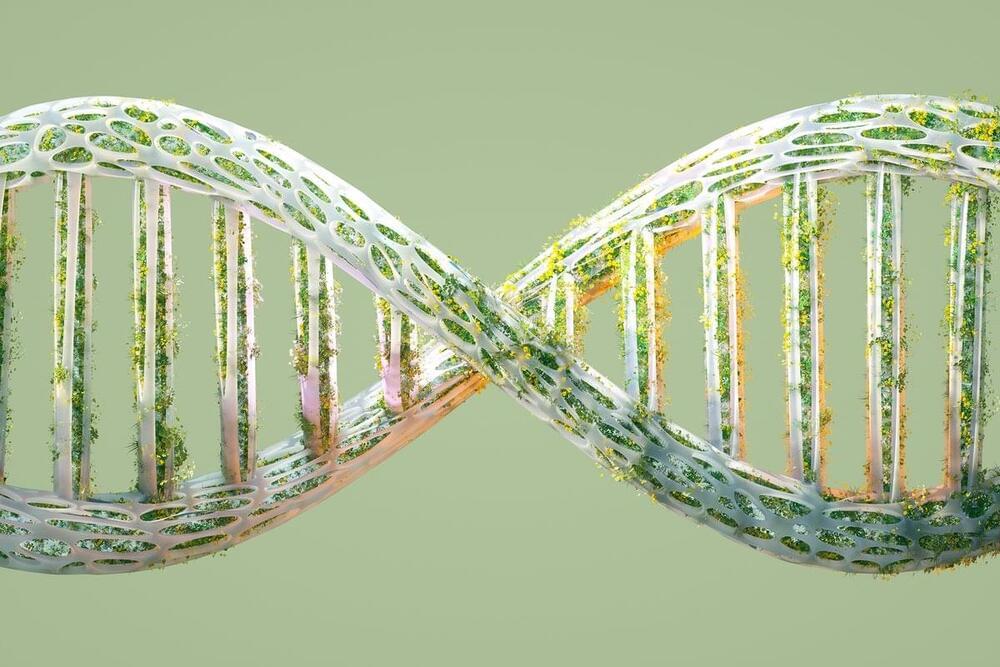
Breakthroughs in synthetic biology could create mirror versions of natural molecules, with devastating consequences for life on Earth.
By Simon Makin
Noting that recent advances in artificial intelligence and the existence of large-scale experimental data about human biology have reached a critical mass, a team of researchers from Stanford University, Genentech, and the Chan-Zuckerberg Initiative says that science has an “unprecedented opportunity” to use artificial intelligence (AI) to create the world’s first virtual human cell. Such a cell would be able to represent and simulate the precise behavior of human biomolecules, cells, and, eventually, tissues and organs.
“Modeling human cells can be considered the holy grail of biology,” said Emma Lundberg, associate professor of bioengineering and of pathology in the schools of Engineering and Medicine at Stanford and a senior author of a new article in the journal Cell proposing a concerted, global effort to create the world’s first AI virtual cell. “AI offers the ability to learn directly from data and to move beyond assumptions and hunches to discover the emergent properties of complex biological systems.”
Lundberg’s fellow senior authors include two Stanford colleagues, Stephen Quake, a professor of bioengineering and science director at the Chan-Zuckerberg Initiative, and Jure Leskovec, a professor of computer science in the School of Engineering, as well as Theofanis Karaletsos, head of artificial intelligence for science at the Chan Zuckerberg Initiative, and Aviv Regev executive vice president of research at Genentech.
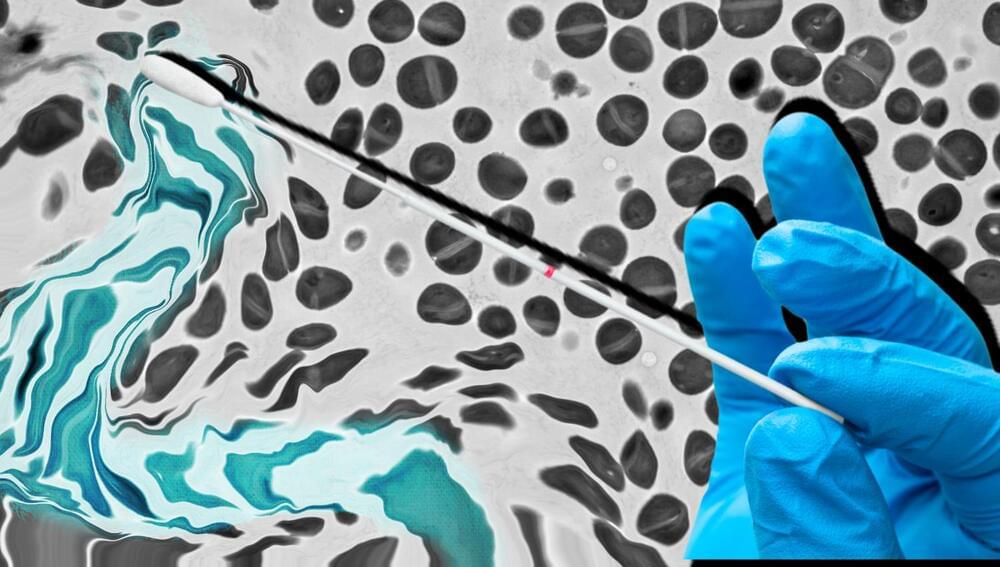
Imagine a world in which a vaccine is a cream you rub onto your skin instead of a needle a health care worker pushes into your one of your muscles. Even better, it’s entirely pain-free and not followed by fever, swelling, redness or a sore arm. No standing in a long line to get it. Plus, it’s cheap.
Thanks to Stanford University researchers’ domestication of a bacterial species that hangs out on the skin of close to everyone on Earth, that vision could become a reality.
“We all hate needles — everybody does,” said Michael Fischbach, PhD, the Liu (Liao) Family Professor and a professor of bioengineering. “I haven’t found a single person who doesn’t like the idea that it’s possible to replace a shot with a cream.”

NASA’s Synthetic Biology Project is collaborating with the GrabCAD community to create innovative 3D-printable bioreactor designs. These bioreactors aim to reduce the mass and volume of supplies needed for extended space missions by enabling in-situ production of essential nutrients through reusable or recyclable solutions.
The project focuses on enhancing BioNutrient Production Packs, which use bio-engineered microorganisms to generate critical nutrients like beta carotene. Crews activate these microorganisms by adding water and growth media to dormant cultures. The existing bioreactors include early polycarbonate Gen-0 models and lightweight Gen-1 soft packs. Both designs allow gas exchange to prevent over-pressurization while ensuring safe nutrient production.
NASA seeks to address key challenges for long-duration missions, including designing bioreactors that are either reusable or recyclable and can be manufactured aboard spacecraft. The bioreactor must safely handle liquid cultures, support gas exchange, and be compatible with additive manufacturing technologies. Reusability designs must consider sterilization challenges, while recyclable designs should use materials that can be reprocessed into new bioreactors.
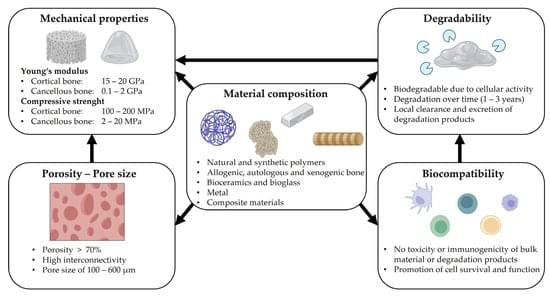
HighlyCitedPapers.
📝 — Schulze, et al.
The present work reviews the strategies and technical approaches used to overcome the multilayered problems associated with large bone defect healing in long bones, with emphasis on research rooted in scaffold-guided tissue regeneration.
Full text is available 👇
Bone generally displays a high intrinsic capacity to regenerate. Nonetheless, large osseous defects sometimes fail to heal. The treatment of such large segmental defects still represents a considerable clinical challenge. The regeneration of large bone defects often proves difficult, since it relies on the formation of large amounts of bone within an environment impedimental to osteogenesis, characterized by soft tissue damage and hampered vascularization. Consequently, research efforts have concentrated on tissue engineering and regenerative medical strategies to resolve this multifaceted challenge. In this review, we summarize, critically evaluate, and discuss present approaches in light of their clinical relevance; we also present future advanced techniques for bone tissue engineering, outlining the steps to realize for their translation from bench to bedside.

To predict your #longevity, you have two main options. You can rely on the routine tests and measurements your doctor likes to order for you, such as blood pressure, cholesterol levels, weight, and so on. Or you can go down a biohacking rabbit hole the way tech millionaire turned longevity guru Bryan Johnson did to live longer. Johnson’s obsessive self-measurement protocol involves tracking more than a hundred biomarkers, ranging from the telomere length in blood cells to the speed of his urine stream (which, at 25 milliliters per second, he reports, is in the 90th percentile of 40-year-olds).
Scientists crunched the numbers to come up with the single best predictor of how long you’ll live—and arrived at a surprisingly low-tech answer.
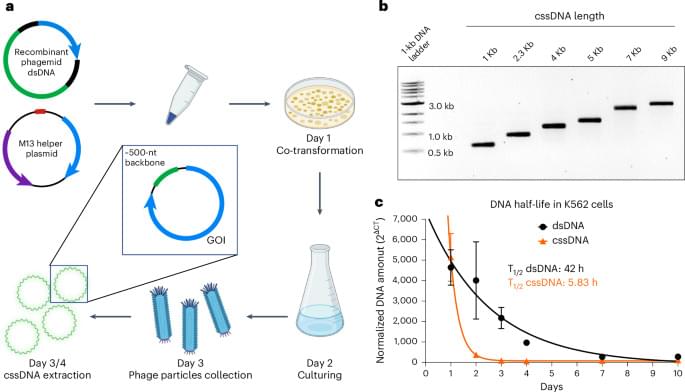
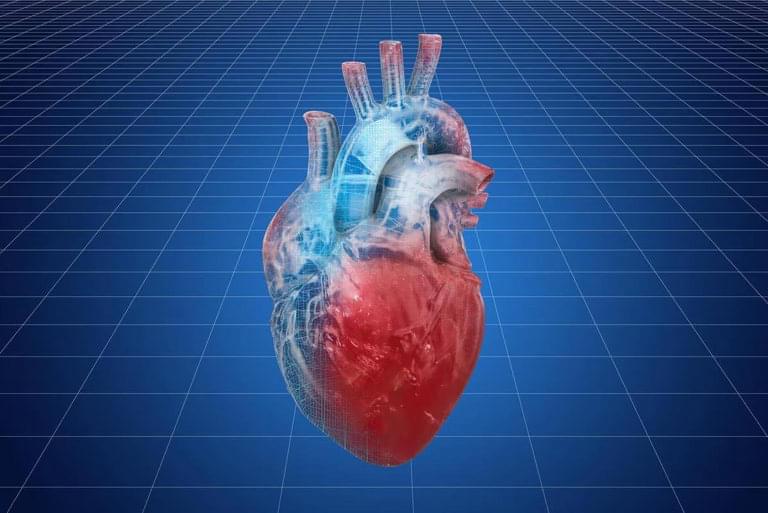
Achieving the aggregation of different mutation types at multiple genomic loci and generating transgene-free plants in the T0 generation is an important goal in crop breeding. Although prime editing (PE), as the latest precise gene editing technology, can achieve any type of base substitution and small insertions or deletions, there are significant differences in efficiency between different editing sites, making it a major challenge to aggregate multiple mutation types within the same plant.
Recently, a collaborative research team led by Li Jiayang from the Institute of Genetics and Developmental Biology (IGDB) of the Chinese Academy of Science, developed a multiplex gene editing tool named the Cas9-PE system, capable of simultaneously achieving precise editing and site-specific random mutagenesis in rice.
By co-editing the ALSS627I gene to confer resistance to the herbicide bispyribac-sodium (BS) as a selection marker, and using Agrobacterium-mediated transient transformation, the researchers also achieved transgene-free gene editing in the T0 generation.
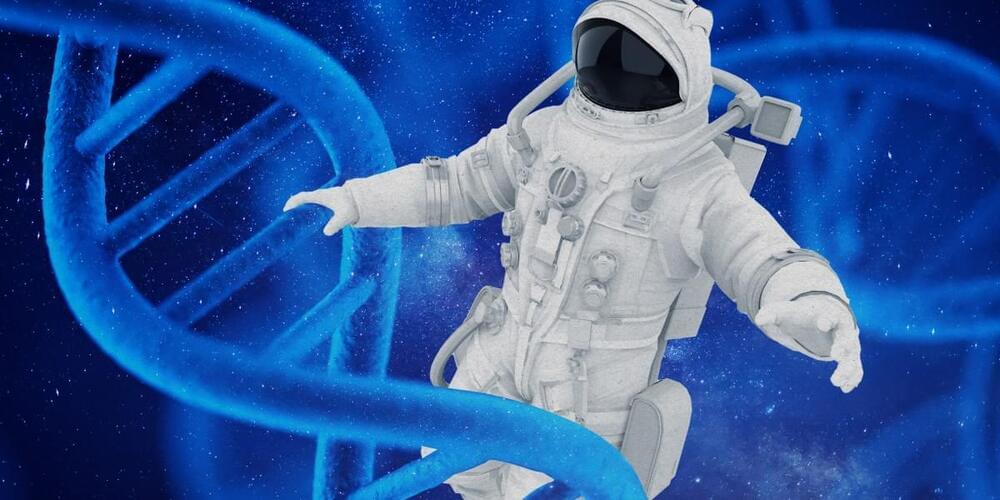
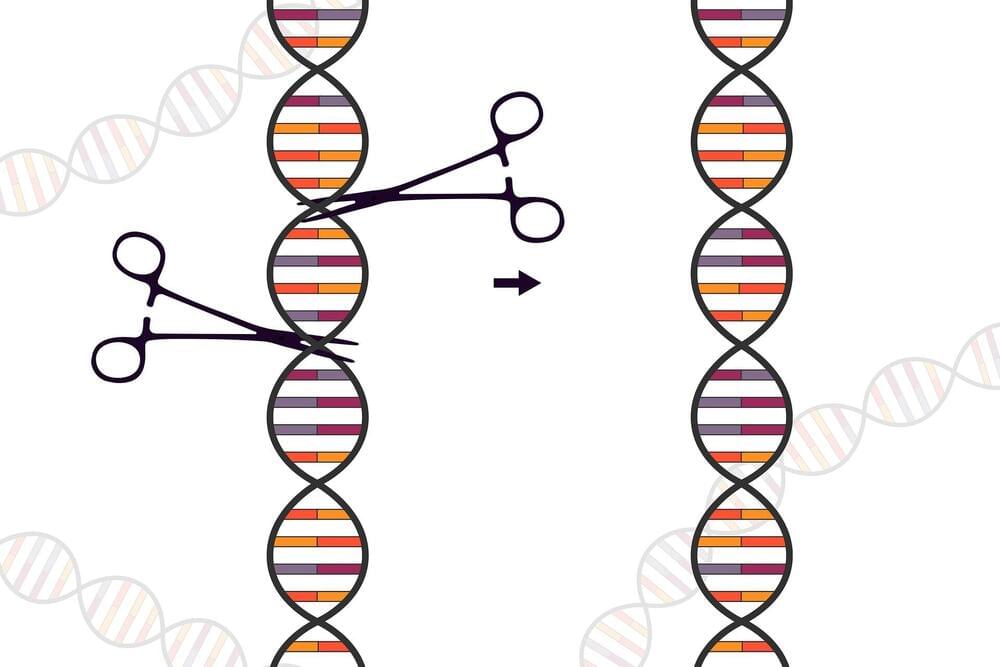
Its a problem, but im sure ASI by 2035 will solve for a way to use a Crispr type tool with zero unintended alterations. Look for a way to use w/ out alterations in meantime, but worst case ASI will solve it.
Genome editing with various CRISPR-Cas molecule complexes has progressed rapidly in recent years. Hundreds of labs around the world are now working to put these tools to clinical use and are continuously advancing them.
CRISPR-Cas tools allow researchers to modify individual building blocks of genetic material in a precise and targeted manner. Gene therapies based on such gene editing are already being used to treat inherited diseases, fight cancer and create drought-and heat-tolerant crops.
The CRISPR-Cas9 molecular complex, also known as genetic scissors, is the most widely used tool by scientists around the world. It cuts the double-stranded DNA at the exact site where the genetic material needs to be modified. This contrasts with newer gene-editing methods, which do not cut the double strand.